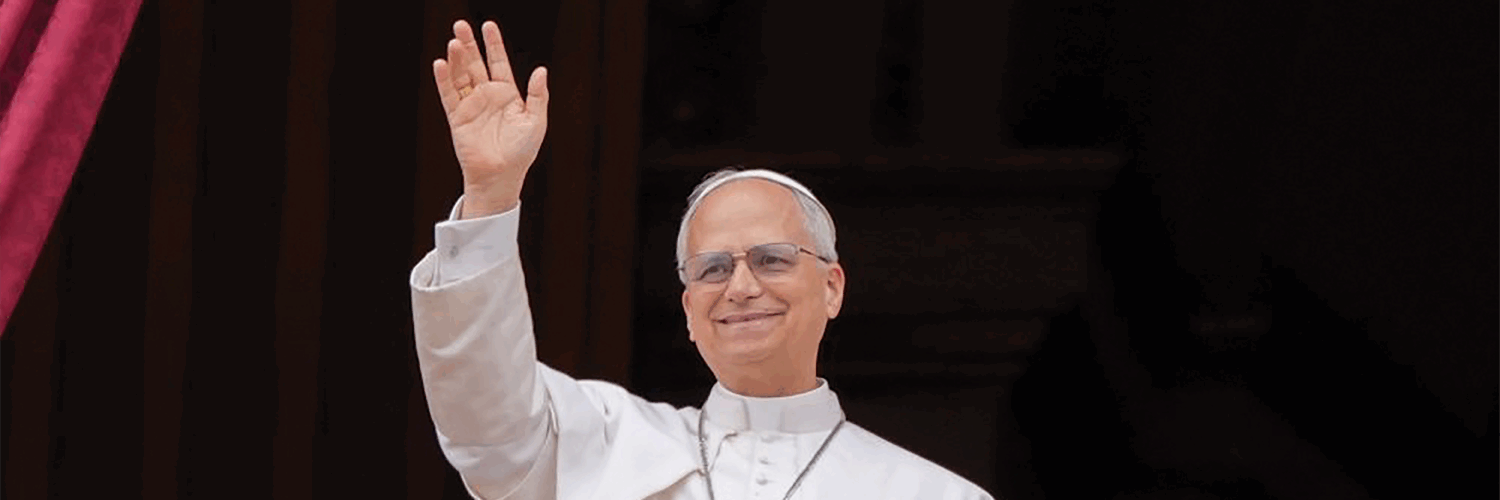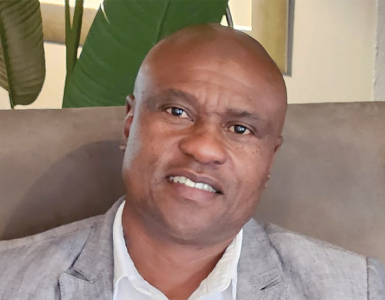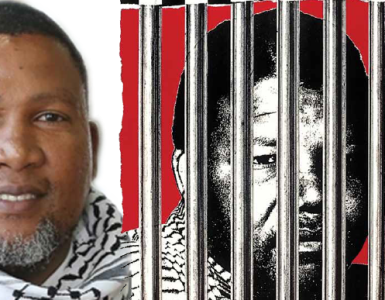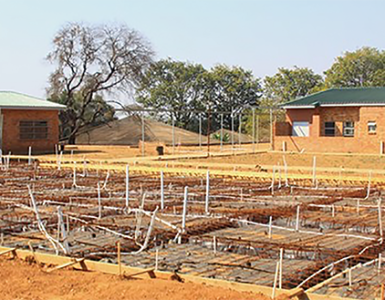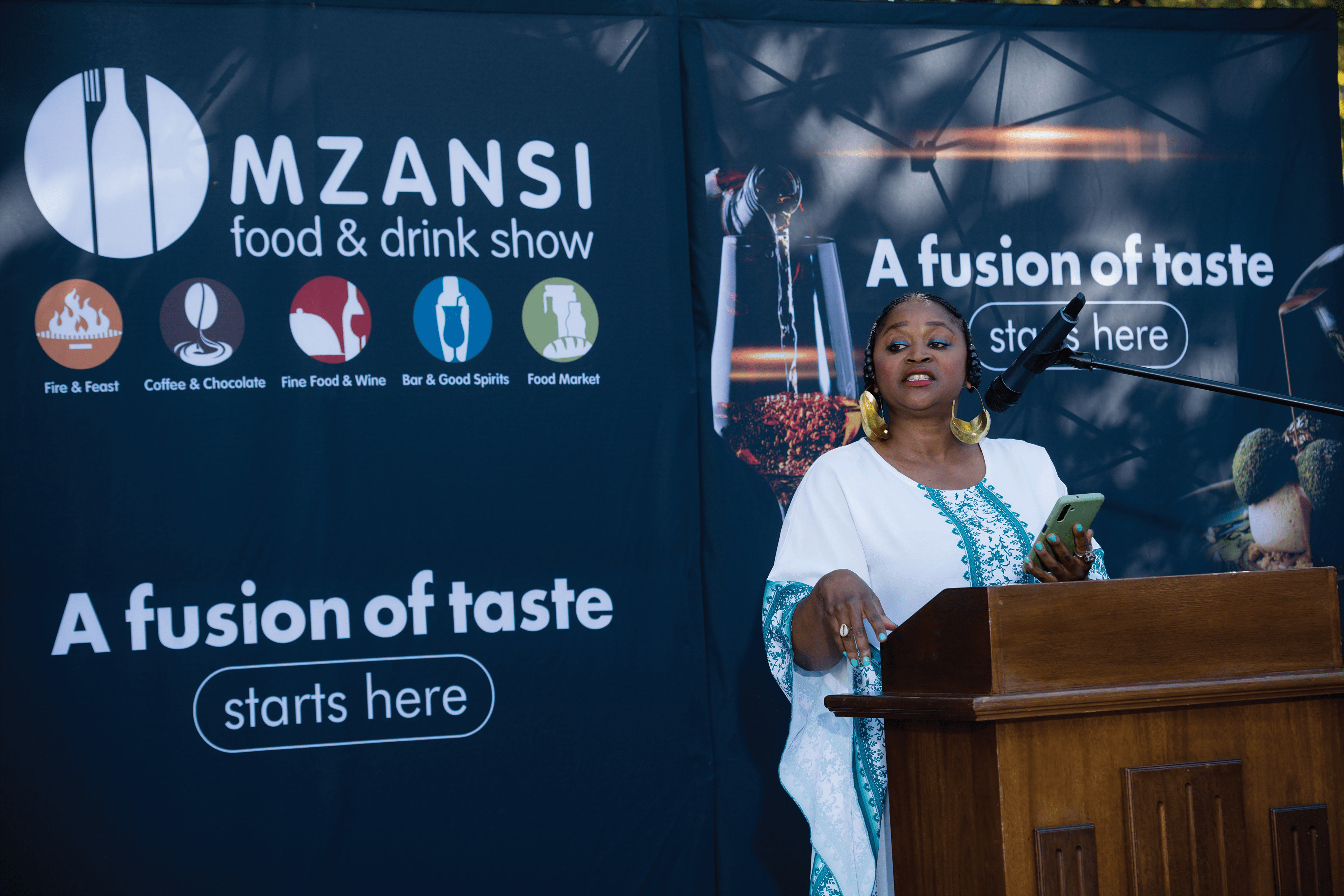PLEDGE: He is geared to work against the rich and powerful, particularly those responsible for “appalling violations of human dignity”…
By Jo-Mangaliso Mdhlela
A mathematician and canon lawyer, Cardinal Robert Francis Prevost, this week was elected as the 267th spiritual leader of the 1.4 billion global Catholics, stepping into the shoes of Pope Francis who died at age 88 after a papacy spanning 12 years, three weeks ago.
Uniquely the same in style and emphasis, Pope Francis first trained as a chemist, and also, in earlier life, worked in a pub as a bouncer.
This week, the US-born cardinal, who took bachelor’s degree in mathematics, comes, like his predecessor, Pope Francis, packed with knowledge of mathematical science, as Pope Francis, who came before him, was endowed with chemistry knowledge before venturing into priesthood.
The question that is often asked relating to the choice of name is: Why did Cardinal Robert Prevost assume the name Pope Leo XIV?
Pope Leo XIV is said to have told cardinals congregated during his first meeting he was assuming the name to honour Pope Leo XIII for his commitment to social issues and workers’ rights – a hint that he could be on the footsteps of Pope Francis’s commitment to social justice. significant about the new pontiff is that although born in the US, most of his missionary work has been undertaken in Peru, a predominantly Roman Catholic country soaking and with a deep history of liberation theology, as propounded, among others, by the foremost theologian and Catholic priest, Gustavo Gutiérrez.
In Peru, as in other Latin American countries, theology is centred and contextualised on principles of social justice and liberation – to ensure that religion is used as an instrument to effect social and political justice – keeping oppressive regimes in check for the sake of the well-being of society.
In the 1960s and 1970s, during the apartheid turbulent years, liberation theology was a foremost theological tool used by priests and theologians and political activists to challenge the apartheid regime – around which political activists coalesced to seek justice for all.
A Peruvian and Dominican Catholic priest, Gutiérrez, “was treated with suspicion and even contempt by the Vatican’s hierarchy, which saw him as a dangerous Marxist using faith as an instrument of revolution”.
There were claims within the Catholic settings that Gutiérrez was being investigated by Pope John Paul II’s doctrinal trusted cardinal, Joseph Ratzinger who would later become Pope Benedict.
Yet, Gutiérrez became a fulcrum around which the people of Peru challenged rogue governments pervasive in the country. In his inaugural Mass, Pope Leo XIV pledged to align himself with “ordinary people”, working against the rich and powerful, particularly those who contribute to “appalling violations of human dignity”.
He has called “for missionary outreach to help heal the wounds that afflict our society,” with special attention to remedying the injustices heaped on the marginalised.
At his first Mass in Rome, Pope Leo XIV made no bones about the role he intends to carve for himself to ensure that part of his ministry focuses on serving the poor and the marginalised, also “building bridges and fostering dialogue, particularly with those who suffer injustice.
The approach is in keeping with his predecessor, Pope Francis, who also prioritised social justice, and the creation of the church whose focus should express concerns for the poor and excluded.
This is a clear sign that he is committed to building on the legacy of Francis’ reforms, which include “a focus on the poor, marginalised, and those facing social injustices” and exclusion.
Robert Prevost, an intellectual with doctorate in canon law, as a young man rejected a scholarship to study law at the Harvard University, but rather chose undertake a task of a missionary in a faraway Peru, immersing his life among the poor, and building institutions including a seminary to train Roman Catholic priests.

